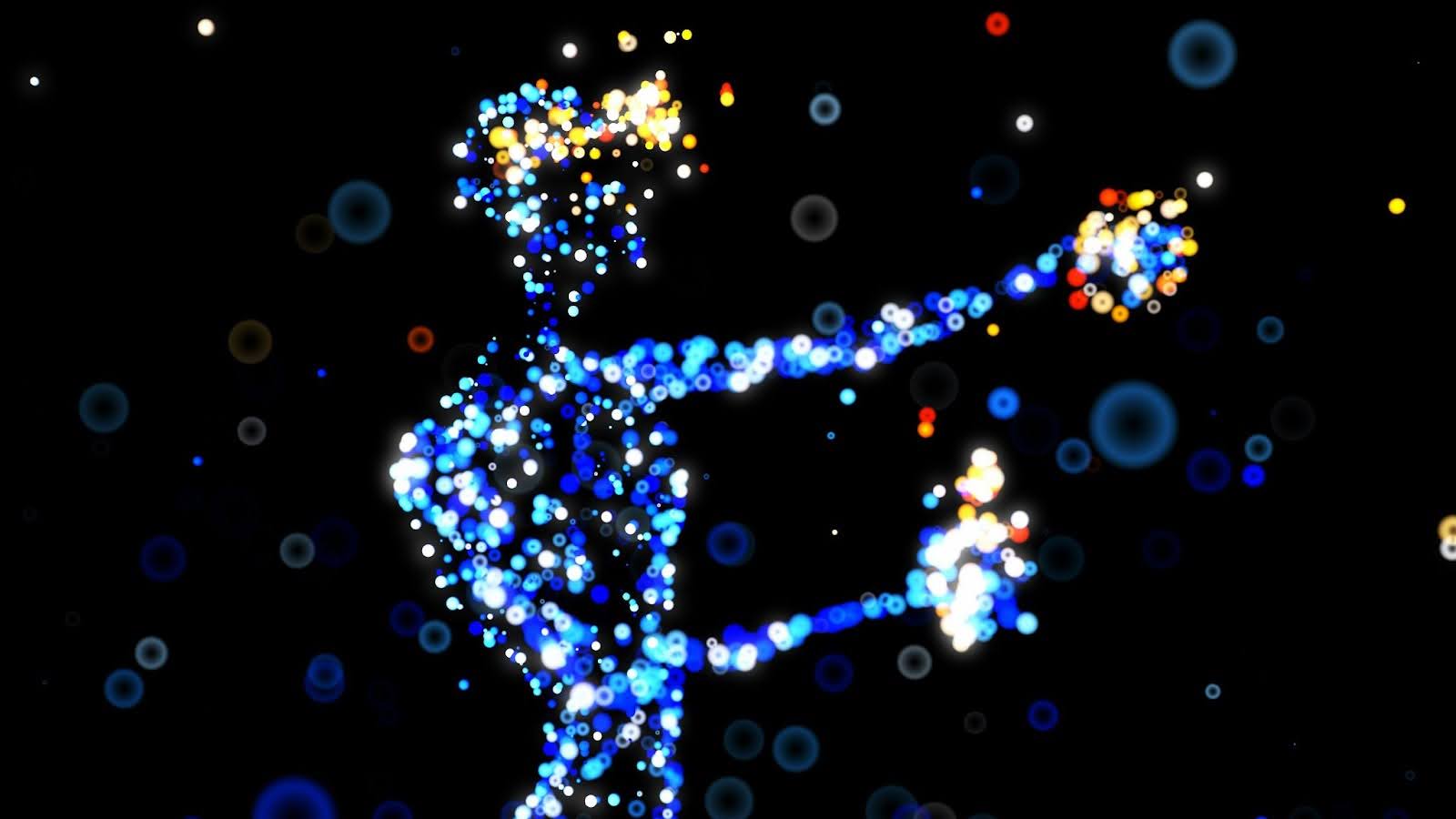Virtual Reality (VR) technology is revolutionizing training methodologies across industries. But one area of interest that hasn’t received much attention is how technology can support emergency safety training. Every industry has its occupational hazards. Being prepared for those hazards can quite literally mean the difference between life and death. People can better prepare for these extreme situations through immersive experiences VR-based safety training provides. Thus allowing for a hands-on experience that significantly improves understanding and retention of training information. In this article, we explore the transformative potential of VR in safety training, focusing on fire evacuation and earthquake preparedness, as well as its broader applications in health, safety, and developmental learning.
One form of safety training that VR technology can help with is fire evacuation training. Immersive fire training experiences have been available for some time now. However, these typically require participants to go to facilities specifically designed for the task. Thus limiting when and how often they can attend. With VR, trainees can experience immersive simulations that replicate realistic fire scenarios without having to rely on training programs that take extensive time and resources. Trainees navigate virtual environments, encountering smoke, fire, and other relevant hazards, which require real-time decision-making that enhances preparedness and response during emergencies.
Earthquake preparedness is another type of safety training where VR can provide much-needed support. For years, researchers have used VR technology to analyze earthquake preparedness and train people to better respond to such emergencies. Dynamic simulations can simulate seismic events and their effects as participants experience ground shaking as they practice evacuation procedures. These simulations can give participants a better understanding of what they might experience during an earthquake and help them develop emergency strategies, including identifying safe shelters and administering basic first aid.
Beyond specialized disaster training situations
VR also offers a versatile platform for practicing safety protocols in a variety of scenarios. For one, it can be used to teach safety measures for traditionally hazardous industries, including construction and various industrial settings. VR simulations can also cater to military training in hazardous environments. Thus providing hands-on training based on situations that would otherwise be difficult to properly emulate. They can also be valuable for healthcare professionals to practice responses to medical emergencies.
VR also complements traditional learning methods in various domains, supplementing developmental learning in several fields. Aspiring pilots can practice flight maneuvers in virtual cockpits, which can deliver high-fidelity, immersive pilot training at one-20th the cost and one-10th the size of legacy simulators. Medical students can also perform virtual surgeries for skill enhancement, with VR training providing a safe but realistic environment. When coupled with AI technology, VR can also teach medical professionals to be more empathetic towards patients by simulating symptoms associated with common conditions.
Virtual Reality training is reshaping how individuals acquire and apply new skills. As the technology advances and VR becomes more accessible, its potential to transform learning experiences across industries is boundless. Embracing VR as a training tool promises to create safer, more skilled, and better-prepared individuals in an ever-evolving world. No matter what industry you’re in, VR can make a meaningful difference by offering a more engaging and immersive training experience.


